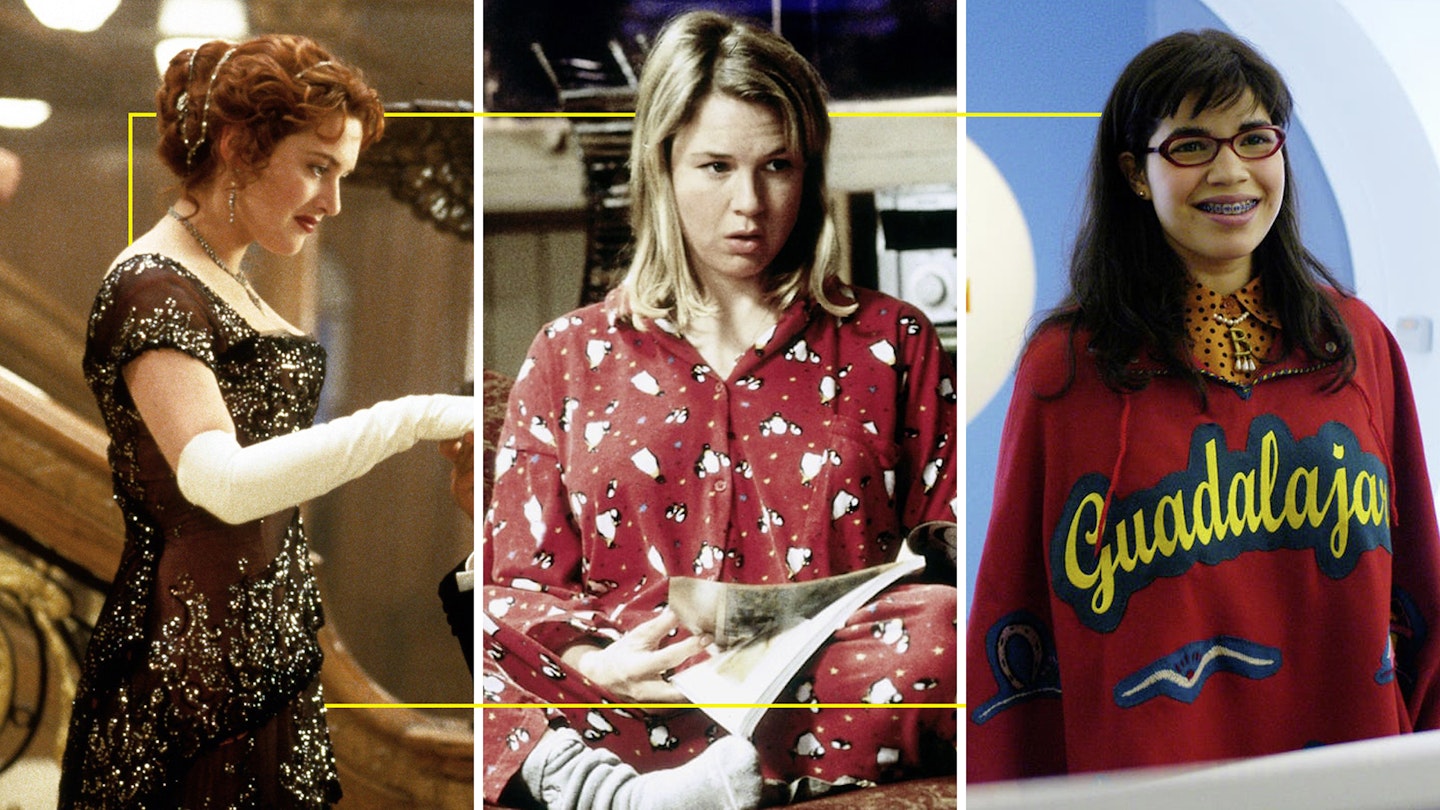In the late nineties and early noughties, as I was living out my teenage years, I would search for a woman whose body I could truly relate to on my TV screen or in the magazines I bought. Whether it was among the cast of Clueless, Dawson’s Creek or Buffy, or in music videos by Britney Spears, Christina Aguilera or Aaliyah, I could see bodies that were dressed in nice clothes, and often sexualised, but never diverse in size.
In retrospect I have often realised how unlucky it was that I was also surrounded by entirely thin friends throughout my school life. I remember when I turned 14 and we were all sitting on a bench in a row, that my thighs had become almost twice the size of theirs. I suddenly couldn't share clothes with them. I searched for thighs like mine on my TV screen and I couldn’t find them anywhere. In a time which is already alienating, feeling bigger than almost everyone is a torturous addition.
I must stress here that I was never a fat teenager (though I thought I was, desperately so in fact). But with a total lack of anything other than a size eight in my peripheral vision at any time, it’s hardly surprising that I grew up thinking of myself as ‘curvy’ when I was at the time no bigger than a size ten or twelve.
What didn’t help was that the moment any poor female celebrity dared to have a size ten figure they were somehow thrust into the limelight as ‘all woman' and ‘curvy’, and, even worse, their thighs, cellulite and buttocks picked over in the tabloids, and dialogues about their diet and weight gain, or loss, religiously documented.
I remember Jennifer Aniston giving an interview during the nineties, when she was starring in Friends, in which she criticised her bottom as being too big. She said in a later interview, ‘I've never loved my butt. It's sort of a thing. I used to have a bubble butt and was teased.’ I remember watching episodes of Friends and thinking: if that is a big bum then what the hell am I going to do about mine?!
Then came Titanic and Kate Winslet. Poor 19-year-old Kate Winslet, who can’t have been any bigger than a size eight or ten, whose role in one of the most successful films of all time became overshadowed by chat about her ‘puppy fat’. Joan Rivers said of Winslet's body in the film, ‘If she just lost 5lb, Leo would've been able to fit on the raft.’ Winslet recalled in an interview years later, ‘In my 20s, people would talk about my weight a lot. And I would be called to comment on my physical self.’ She added, ‘I was still figuring out who the hell I bloody well was! They would comment on my size, they'd estimate what I weighed, they'd print the supposed diet I was on. It was critical and horrible and so upsetting to read.’
There were endless damaging narratives like these to contend with as a young woman trying to figure out how you felt about your body in the nineties and noughties. Ugly Betty, played by America Ferrera, who was the butt of a four season long joke about how unattractive she was (I remember one tabloid report describing her as ‘lumpy’) when she was nothing of the sort. Renée Zellwegger famously gained two stone to play Bridget Jones in the 2001 film, and it was a major news story for years (how she lost it afterwards, then how she gained it again for the sequel, how did she feel being FAT?!). Her bottom was the literal butt of endless jokes. It’s worth remembering that Bridget Jones weighs 136lb in the Helen Fielding novel. Nine and a half stone.
Following the success of her recent series Mare of Easttown, Kate Winslet has spoken about the overwhelming response to her performance as the detective - and revealed that she refused the director's offer to edit out her 'bulgy bit of belly' from a sex scene.
She claimed Craig Zobel, the director of the HBO thriller, had offered to show her body in a more flattering light, adding that she told him: 'Don’t you dare.'
That is a refreshing story, and it has taken a long time to get here for the industry and Kate. But while we are now moving into an era of entertainment and fashion which has started to - cautiously - allow bigger, or less conventional bodies into it, and social media platforms like TikTok and Instagram are creating spaces for women to realise that their bodies aren’t an anomaly after all, there’s still so much work to be done. Unfortunately for me, the damage to my body image was already done long ago; though now aged 37 and some three stone heavier than I was in my teens I am somehow finally finding myself feeling the kind of acceptance I should have done twenty years ago. Now I just have to make up for lost time.
READ MORE:
Will There Be Another Series Of Mare Of Easttown? I Hope Not - I Loved It Too Much
